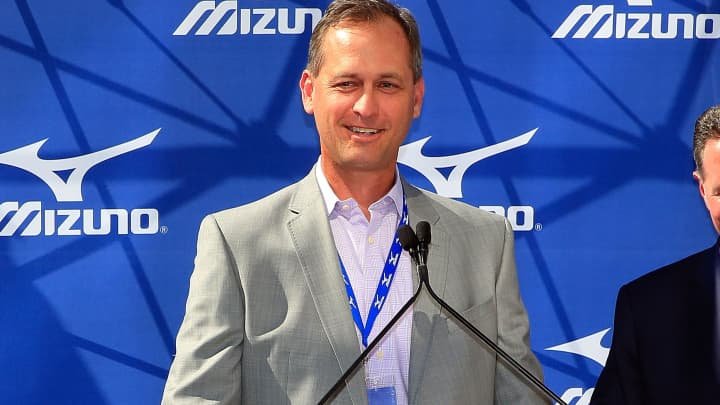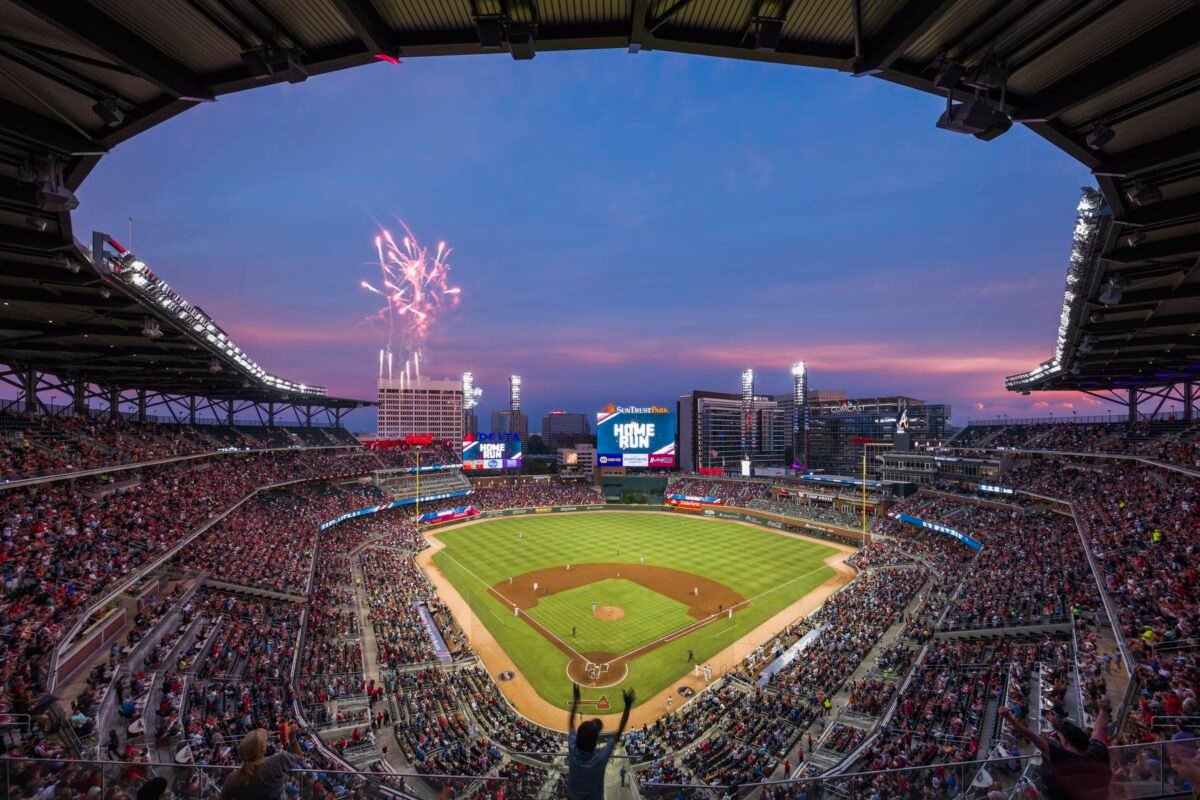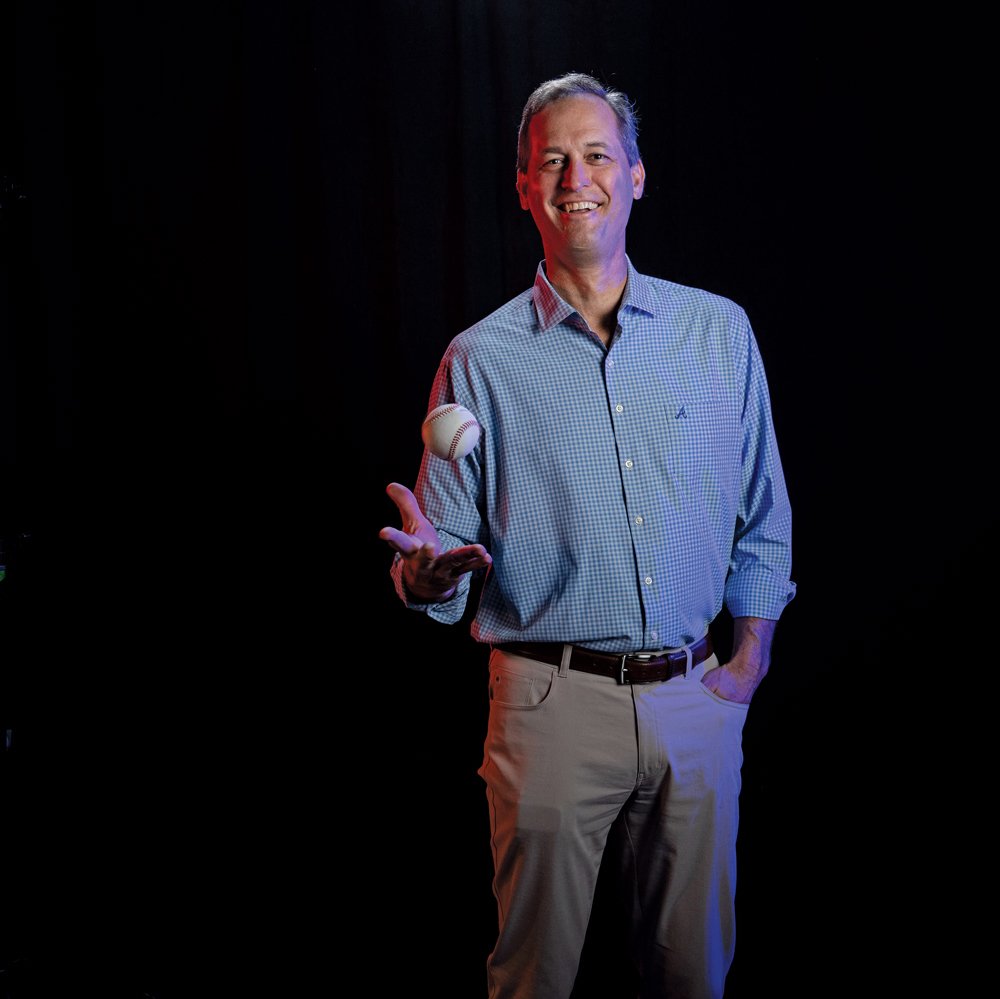
Atlanta, GA — Atlanta Braves president and CEO Derek Schiller has unveiled plans for a groundbreaking $2 billion stadium project that he says will redefine the fan experience and set a new standard in Major League Baseball.
The proposed venue, designed to surpass Truist Park, promises cutting-edge technology, luxury features, and environmentally sustainable infrastructure. Highlights of the concept include a retractable roof, 360-degree digital displays, smart seating with in-seat ordering, premium lounges, rooftop terraces, and solar-powered green initiatives.
“This stadium will be the most advanced in Major League Baseball, setting a new global benchmark for sports and entertainment venues,” Schiller said during the announcement.
Cost and Investment
The $2 billion price tag makes this one of the most expensive stadium projects in U.S. sports history. While much of the funding will come from the Braves’ ownership group, the organization is also in discussions with city and state officials about possible infrastructure support and public-private partnerships.
The timing of the announcement has drawn attention since Truist Park, the team’s current home, only opened in 2017. Critics have questioned the need for another new stadium so soon, while others argue that taxpayer money should not be used to subsidize the project.
Fan Reactions
The news has divided the Braves’ fanbase. Many are excited about the possibility of a retractable roof and advanced fan experiences, while others expressed concern over abandoning a relatively new ballpark.
“Truist Park is only six years old. Why do we need another stadium already?” asked longtime season-ticket holder James Holloway.

Future of Truist Park
Schiller stressed that Truist Park would not be left behind, noting that the organization is considering converting it into a community hub, concert venue, and permanent home for the Braves Hall of Fame.
Economic Impact and Concerns
Supporters of the new stadium highlight the potential for job creation, global event hosting, and tourism growth. Opponents worry about rising costs, gentrification, and traffic congestion. Local officials say they will carefully study the project’s broader impact before making commitments.
MLB Response
Major League Baseball commissioner Rob Manfred praised the Braves’ vision, calling the project a step forward for the league’s modernization.
Next Steps
The stadium remains in early planning stages. The next phases include securing land, finalizing designs, arranging financing, and conducting community impact studies. If approved, construction could begin within 3–4 years, with a possible opening in the early 2030s.
Conclusion: The Braves’ $2 billion futuristic stadium project has sparked both excitement and skepticism. While many see it as a bold leap into the future of baseball, others question the timing and necessity of replacing Truist Park.








